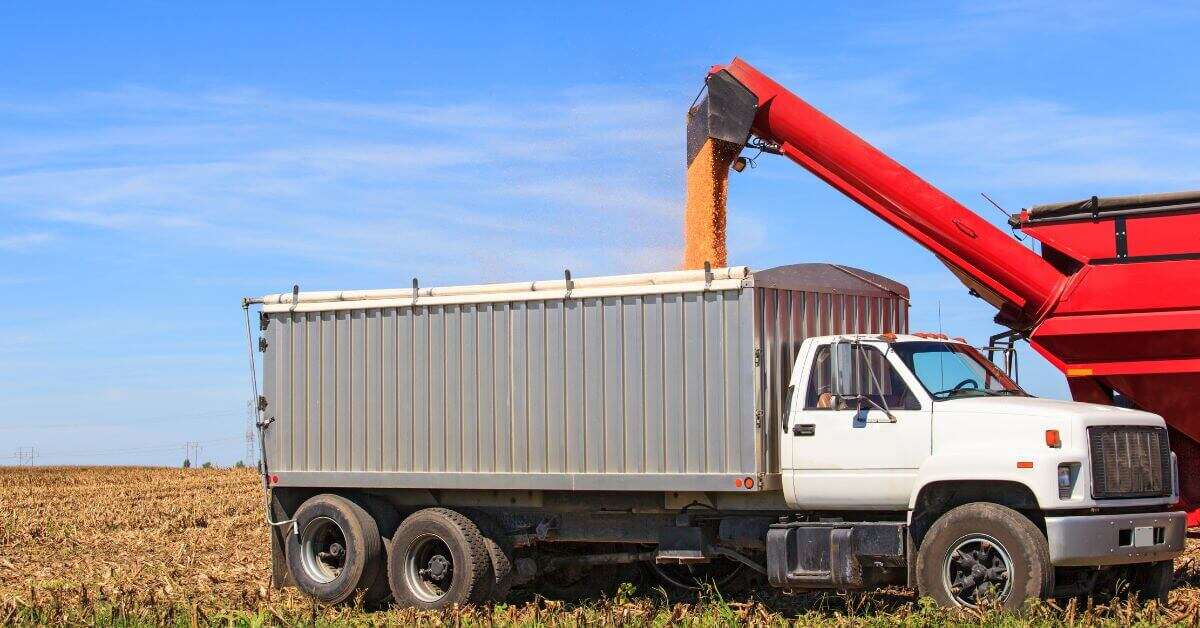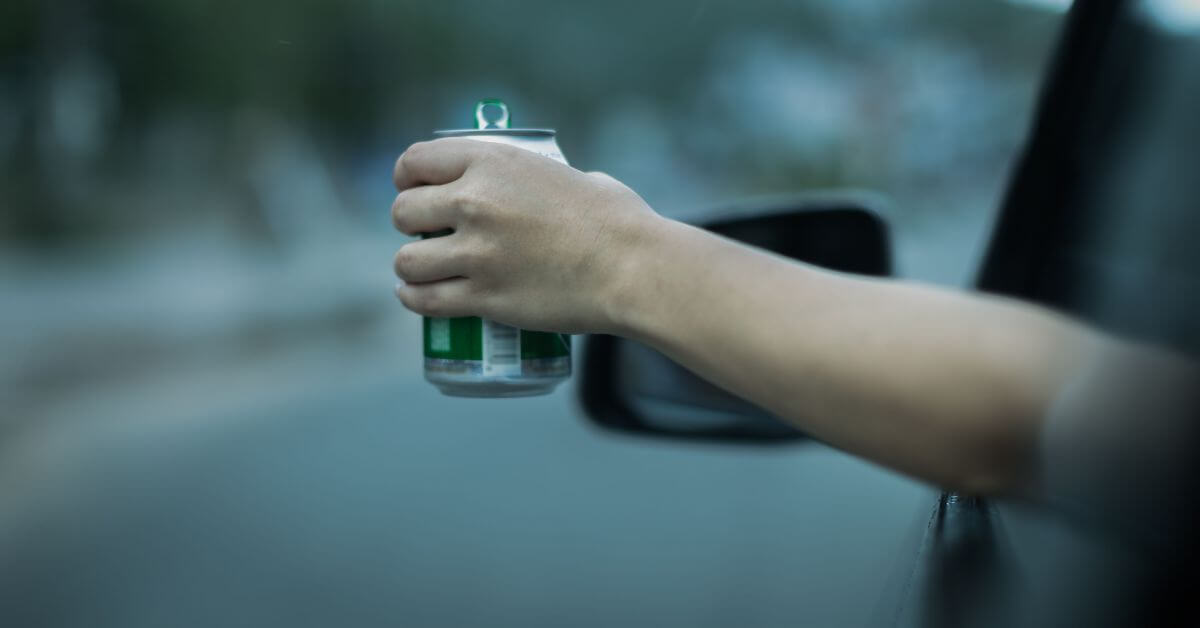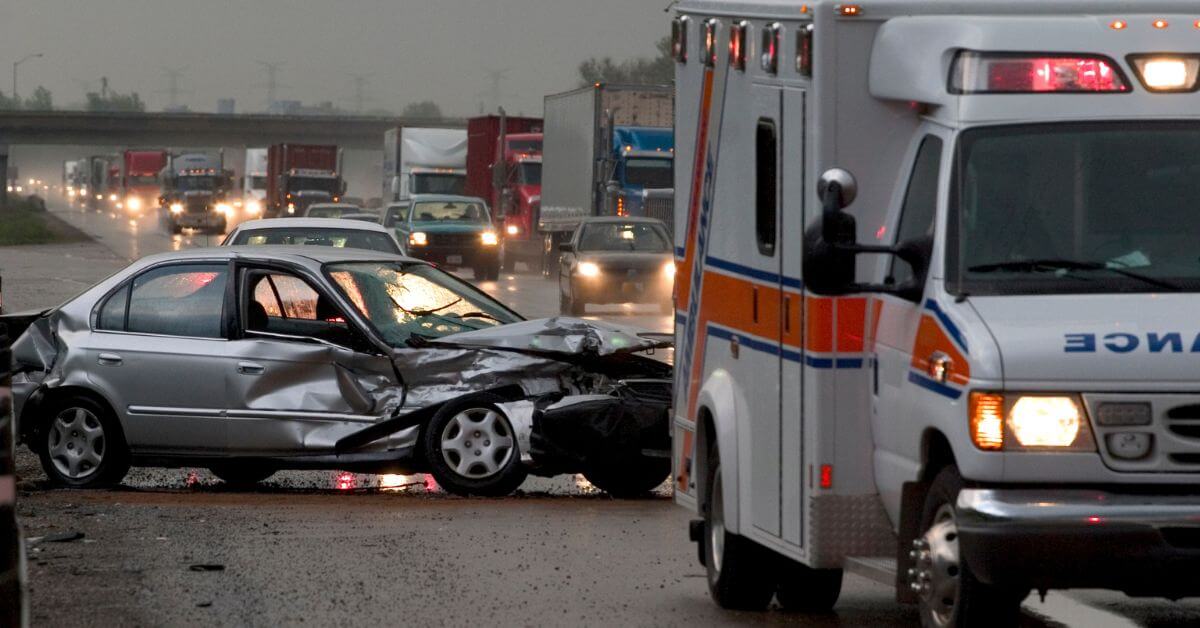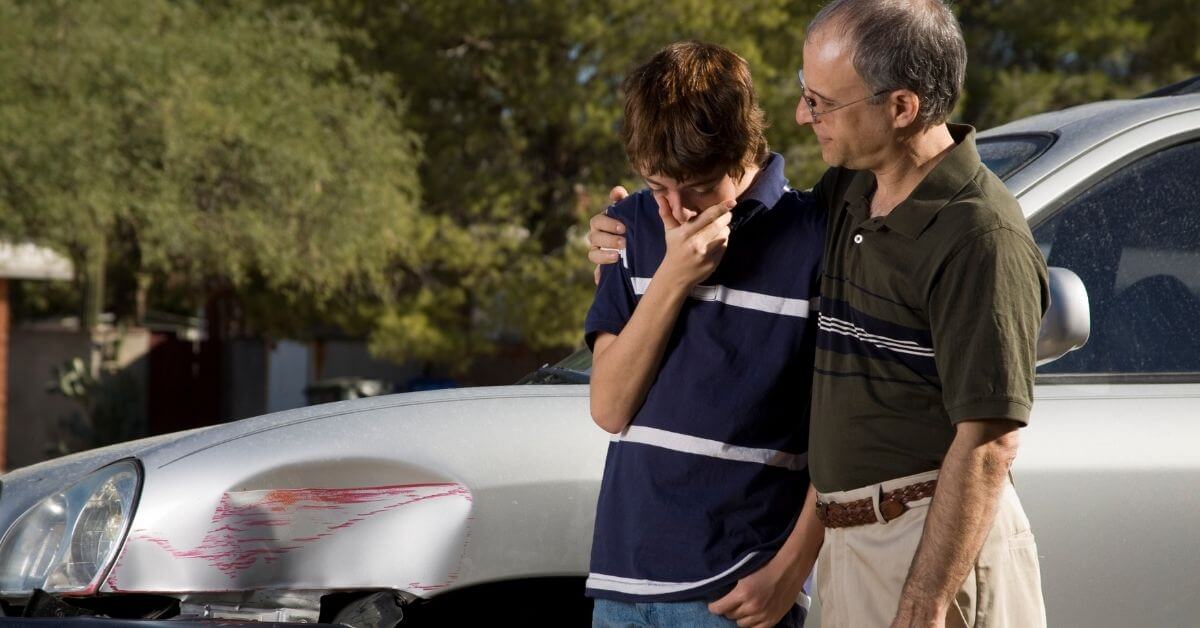-
 Slip and Fall Claims on Private vs. Public PropertyView Article
Slip and Fall Claims on Private vs. Public PropertyView ArticleSlip and fall accidents can occur in a variety of different places, including public buildings, private residences, stores, restaurants, and more. Depending on the location where an accident occurred, the legal process may vary. While working with a slip and fall accident attorney is the most effective way of having a successful claim, it’s also […]
-
 Are Slip and Fall Accidents More Common During Winter?View Article
Are Slip and Fall Accidents More Common During Winter?View ArticleAs the temperature drops, many people are gearing up for the winter season. However, it’s often overlooked that colder weather increases the risk of specific injuries, especially those resulting from slip and fall accidents. This blog will explore some of those risks and how to stay safe this winter. Winter Slip and Fall Accidents One […]
-
 5 Premises Liability Hazards Holiday Visitors Should KnowView Article
5 Premises Liability Hazards Holiday Visitors Should KnowView ArticlePotential Injury Hazards During the Holiday SeasonThe holiday season is a time for family, friends, and fun. But it’s also a time when liability risks can be at their highest. Whether you’re traveling to a new city or just shopping for family and friends, it’s important to understand the potential injury-causing hazards that may arise. […]
-
 Truck Crashes Are Highest During Fall Harvest SeasonView Article
Truck Crashes Are Highest During Fall Harvest SeasonView ArticleSignificant Factors in Fall Trucking CrashesIt’s unsurprising that the seasons can impact a driver’s ability to operate their vehicle safely—especially where large trucks are concerned. Time changes, weather patterns, and holidays can all be influential. However, these only have a small impact on why fall is the most dangerous time of year for truck drivers. […]
-
 Drunk vs. Drugged DrivingView Article
Drunk vs. Drugged DrivingView ArticleThe Dangers of Driving Under the Influence When the term “driving under the influence” is used, people often associate it strictly with drunk driving. However, this can also mean being under the influence of drugs, an issue that is steadily growing in the United States. According to the most recent data from the National Highway Traffic […]
-
 What Are the Most Common Crashes in Kansas?View Article
What Are the Most Common Crashes in Kansas?View ArticleKansas Crash Facts from 2016 to 2020 Each day, millions of vehicle miles are traveled in Kansas by people commuting to and from work, going on road trips, or running errands. Although no one anticipates being involved in a collision, with so many motorists on the road, this is a reality for thousands of drivers […]
-
 What are the ‘100 Deadliest Days of Summer’?View Article
What are the ‘100 Deadliest Days of Summer’?View ArticleAs the summer season approaches, families anticipate some much-needed rest and relaxation. However, this time of year does not come without its downsides. A phenomenon known as the “100 deadliest days of summer” reminds parents to encourage teen drivers to practice defensive driving techniques whenever possible. What are the “100 Deadliest Days”? This term refers […]
-
 3 Tips for Motorcycle Safety Awareness MonthView Article
3 Tips for Motorcycle Safety Awareness MonthView ArticleBeing a safe driver is essential no matter the vehicle. For motorcycle riders, taking precautionary measures to improve personal safety can help decrease the risk of being involved in a collision. May is Motorcycle Safety Awareness Month, and there are many things a rider can do to contribute to this. Here are three simple tips […]
-
 Distracted Driving and Motorcycle Crashes: Who Is At Fault?View Article
Distracted Driving and Motorcycle Crashes: Who Is At Fault?View ArticleDistracted driving is one of the most common hazards on roadways nationwide. The impact that seemingly simple actions can have often goes overlooked, and it extends far beyond just using a mobile device. Nearly every action taken behind the wheel that takes a driver’s focus away from driving can be considered a distraction. Where this […]
-
 Why are Road Fatalities Increasing in Kansas?View Article
Why are Road Fatalities Increasing in Kansas?View ArticleHighway Fatality Rate Increased by 19% in 2020 As part of the state’s Highway Safety Improvement Program (HSIP), the Kansas Department of Transportation (KDOT) annually releases a performance report that highlights the changes in roadway accident severity year-over-year. The most recent report, released in 2021, showed that the fatality rate for the last five years has […]


